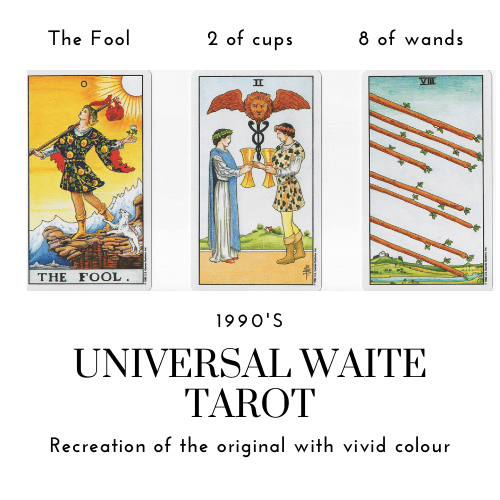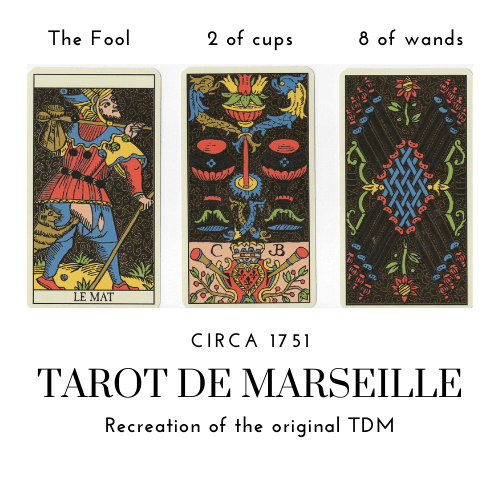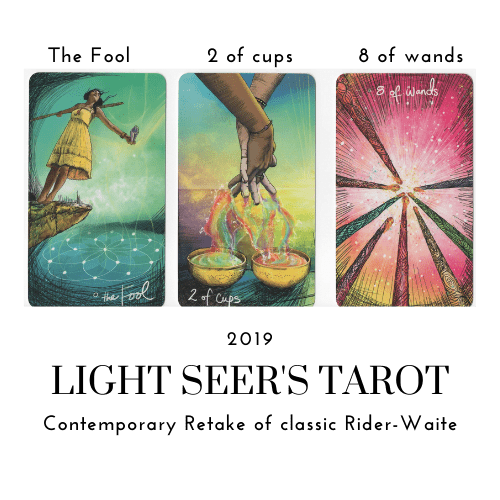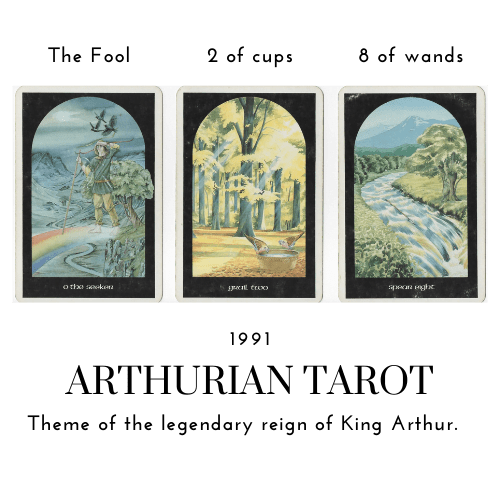How to Choose Your First Tarot Deck
Firstly, let’s bust one myth right out of the water — it is not bad luck to buy your own tarot cards. No one really knows where this old wives’ tale came from, but I can promise you it’s absolute nonsense.
Not long after I bought my very first deck, my life changed for the better — and that was more than 30 years ago! Personally, I’ve always suspected it was a superstition dreamt up by early occultists, trying to keep tarot reading exclusive and out of reach. Thankfully, those days are long gone.
So now that we’ve cleared that up, let’s get to the real question — how do you choose your first tarot deck?
The Best First Deck (And Why It’s Still So Popular)
I can answer this with zero hesitation: the Rider-Waite Tarot is hands-down the best deck for beginners.
Why? Because it was designed specifically for spiritual interpretation — and it became the foundation for almost every modern deck. Originally created by occultist Arthur Edward Waite and illustrated by Pamela Colman Smith, the deck was first published in 1909 by William Rider & Son in London.
It disappeared for a few decades, but made a strong return in the 1970s through U.S. Games Systems Inc., thanks to publishing rights signed over by Arthur Waite’s only daughter. Since then, it’s become the most widely used beginner deck in the world.
Why It’s a Good Fit for Beginners
You can, of course, pick any deck that speaks to you — that’s part of the magic. But if you’re hoping to learn the traditional meanings, memorise the symbolism, and easily transfer your skills to other decks later on, the Rider-Waite is ideal.
Most tarot books and tutorials use it as the teaching standard, and that makes learning so much smoother — especially when you’re starting out and trying to build confidence.
How Symbolism Carries Across Decks
To show you what I mean, I’ve chosen a few of my own decks to illustrate the point. In each one, I’ve pulled the same three cards: The Fool, Two of Cups, and Eight of Wands. Some of these decks pre-date the Rider-Waite and resemble traditional playing cards in their styling. Others follow the Rider-Waite structure quite closely. And one or two? Well, they go completely their own way!
Below are the decks I used; Universal Waite Tarot, Tarot de Marseille, Gilded Tarot, Light Seer’s Tarot, Arthurian Tarot and 1JJ Swiss Tarot
You’ll notice one slightly cheeky inclusion — the Arthurian Tarot — which strays from the Rider-Waite system entirely. I added it partly to keep you on your toes, but mainly to show how varied tarot can be. Some decks tell their own story, and that’s okay. The trick is knowing what works best when you’re still learning.
Final Thoughts
The deck you choose is yours alone. Whether it’s your very first or your fiftieth, it should feel personal. But if you want a solid foundation, something reliable, symbolic, and easy to learn with — the Rider-Waite is still the one I’d recommend.
Just don’t let anyone tell you that you can’t buy your own. That’s an outdated rule that has no place in your tarot journey.
Ready to dive in?
Take a look through our Beginner Tarot Decks collection and see which one calls to you.






